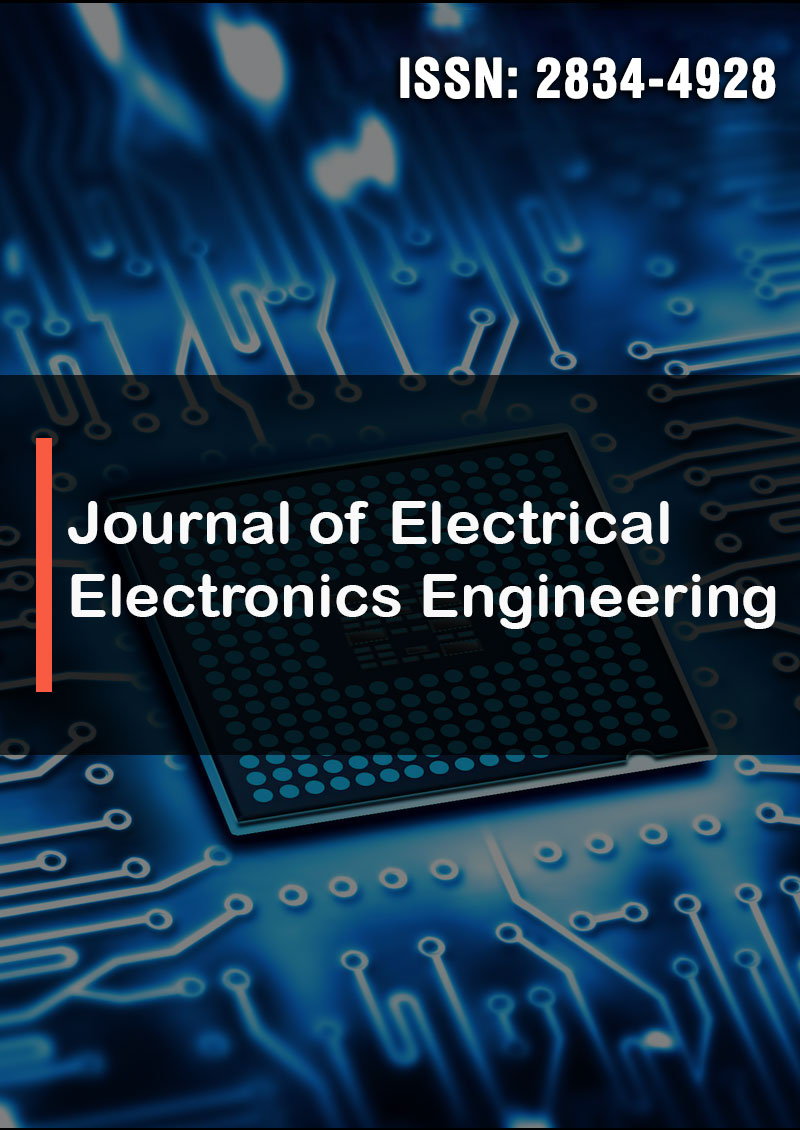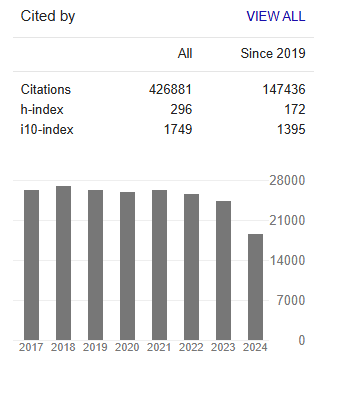The Errors in the Foundation of the “Standard Model” theory and the “New Model”
Abstract
Vaggelis Talios
In Physics, when various theories have disputed points, they are temporarily established, until their disputed points are clarified. If the disputed points of the theories are not clarified, the theories are rejected, if they are clarified and no new disputed points arise, the theories are definitively established. A theory may also be established definitively even when its disputed points are of secondary importance. However, in general, an established theory is always in question, since with the progress of science, new data may emerge that will questions the correctness of the theory.
Thus the theory of the Standard Model, which is a branch of the theory of Quanta and describes the elementary structural components of matter, the strong, weak and electromagnetic interactions between them and the Higgs mechanism for the origin of the mass of elementary particles, been established as a very well-founded theory, according to the proponents of the theory, which has predicted many experimental results and the existence of many particles and has withstood many theoretical and experimental tests. But because the theory also has many disputed points, as I describe in papers [1, 2], it was temporarily established until the clarification of its disputed points.
In this paper I describe some errors of the Standard Model theory, created during the foundation of the theory which burden the theory even more, since it is very negative to establish a theory on a false foundation. In any way to supplement or replace the gap that may leave the theory of the Standard Model, which I believe, sooner or later, but at some point of time, due to the disputed points and the errors of its foundation, will be withdrawn, I propose a New Model, which most convincingly describes the elementary building blocks of matter, antimatter and their interactions. The New Model also addresses all the weak points of the Standard Model theory, how the mass of subnuclear particles is created, and includes gravity, which is not included in the Standard Model theory.




